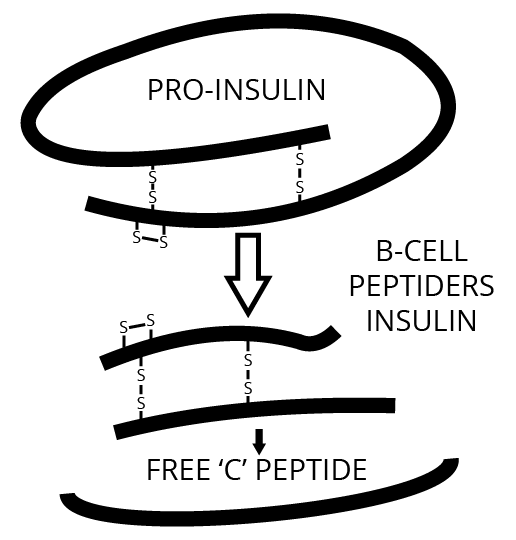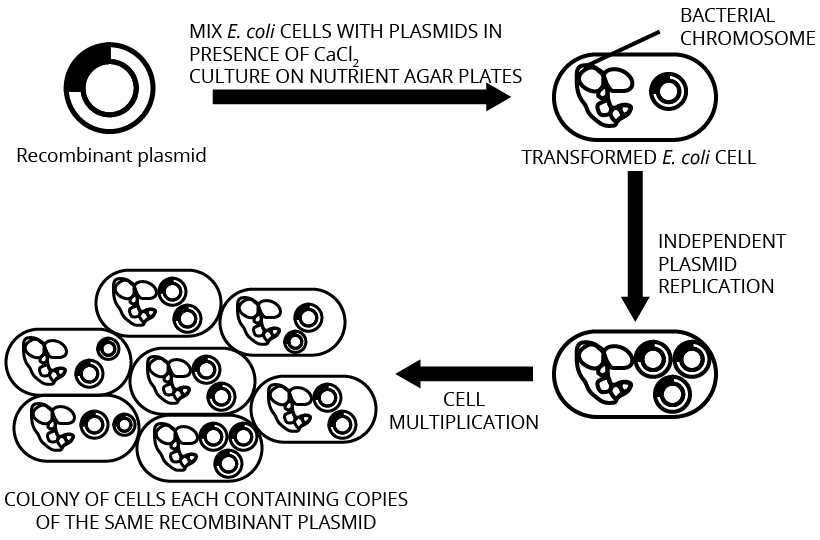Solved NCERT Questions For Class 12 Biology Chapter 12 In Hindi - Free PDF
FAQs on NCERT Solutions For Class 12 Biology Chapter 12 Biotechnology And Its Applications in Hindi - 2025-26
1. What is the correct step-by-step approach to writing answers for NCERT Solutions for Class 12 Biology Chapter 12, as per CBSE 2025-26 requirements?
The best approach is to begin each answer by directly addressing the core point of the question, include key definitions or terminology, then support with logical explanations and diagrams where applicable. Always follow the stepwise methods outlined in the NCERT textbook and structure long answers with clear bullet points for clarity.
2. How can using the official NCERT Solutions for Class 12 Biology Chapter 12 help you understand the mechanism behind genetically modified organisms (GMOs)?
NCERT Solutions provide detailed, stepwise explanations of genetic modification techniques, such as gene insertion and recombinant DNA technology, enabling students to visualise and logically understand the entire process. With clear steps and illustrations, they clarify complex topics like transgenic organisms, making the underlying mechanisms easier to grasp for exam answers.
3. What are the major benefits and potential risks of using genetically modified crops, explained stepwise according to the CBSE syllabus?
- Benefits: Higher yield, pest-resistant varieties (e.g., Bt cotton), reduced need for chemical pesticides, and enhanced nutritional content (like Golden Rice).
- Risks: Unintended effects on non-target organisms, development of resistance in pests, possible health concerns, and genetic contamination of native crops.
4. How does gene therapy work to correct genetic disorders, and what is an example covered in Chapter 12 NCERT Solutions?
Gene therapy involves replacing a faulty gene with a healthy gene to correct genetic disorders. For example, in the case of ADA (Adenosine Deaminase) deficiency, a normal ADA gene is introduced into the patient's cells, restoring immune function. NCERT Solutions detail this process step-by-step, aiding clear understanding and answer writing.
5. What is the recommended method for answering application-based questions in Class 12 Biology Chapter 12 NCERT Solutions?
Start by identifying the key concept referenced in the question, then apply it to the given scenario using logical steps, provide an appropriate example drawn from the chapter (such as recombinant insulin production), and conclude with implications or outcomes for maximum exam marks.
6. Why is a step-by-step solution format preferred by CBSE for NCERT Solutions answers, particularly in Biology Chapter 12?
A step-by-step format demonstrates logical progression and full understanding of each process, helping students avoid missing important points. This style matches CBSE marking guidelines and increases the likelihood of scoring full marks in structured responses, especially for high-weightage questions in Biotechnology and Its Applications.
7. What common student mistakes should be avoided while using NCERT Solutions for Class 12 Biology Chapter 12?
Avoid paraphrasing without understanding, skipping diagrams, or giving incomplete definitions. Always include the stepwise reasoning and final conclusion, as per the solutions. Reading through solutions before attempting self-written answers helps reinforce proper answer structure.
8. In the context of Chapter 12, what foundational concepts are reinforced by practicing with NCERT Solutions?
Practicing with NCERT Solutions builds strong understanding of biotechnology principles, applications of genetic engineering, ethical issues, and the role of DNA technology in medicine and agriculture. This direct practice also strengthens scientific vocabulary and answer presentation skills necessary for CBSE exams.
9. How do NCERT Solutions address real-world application of biotechnology topics covered in Class 12 Biology Chapter 12?
NCERT Solutions link textbook concepts to real-world examples like insulin production, Bt crops, and gene therapy treatments. Stepwise answers also relate the benefits and challenges of biotechnology to contemporary issues, making textbook learning relevant and helping students build applied knowledge for higher studies.
10. What should you do if you face difficulty in understanding a specific step or concept from NCERT Solutions for this chapter?
Review the relevant textbook section and diagrams, break down the solution into smaller parts, and seek clarification from teachers or peers. Practicing by writing out each step in your own words and using the examples provided in the solutions helps ensure complete understanding and readiness for CBSE examination questions.



























